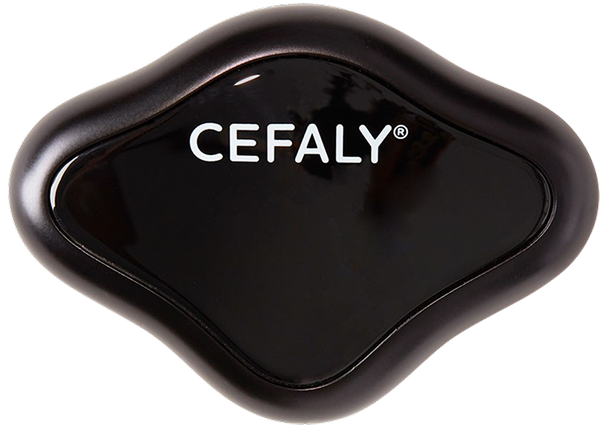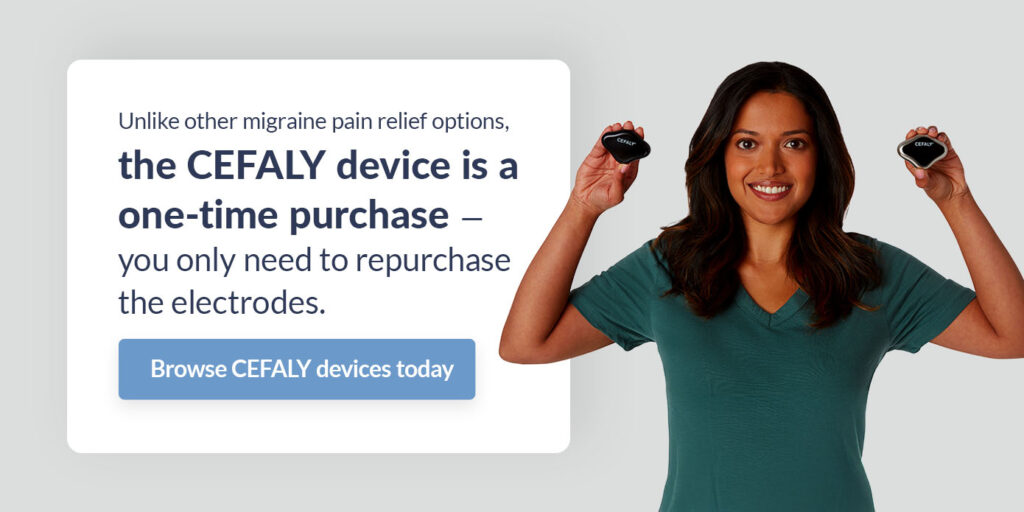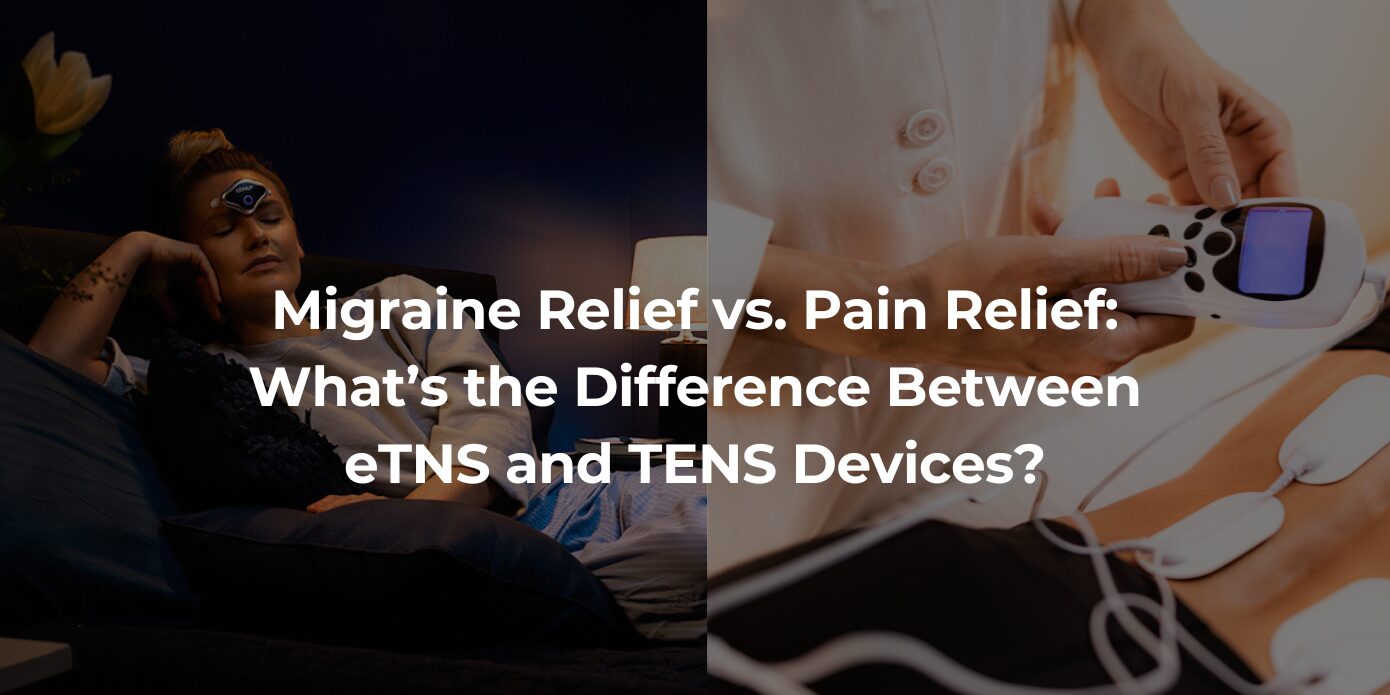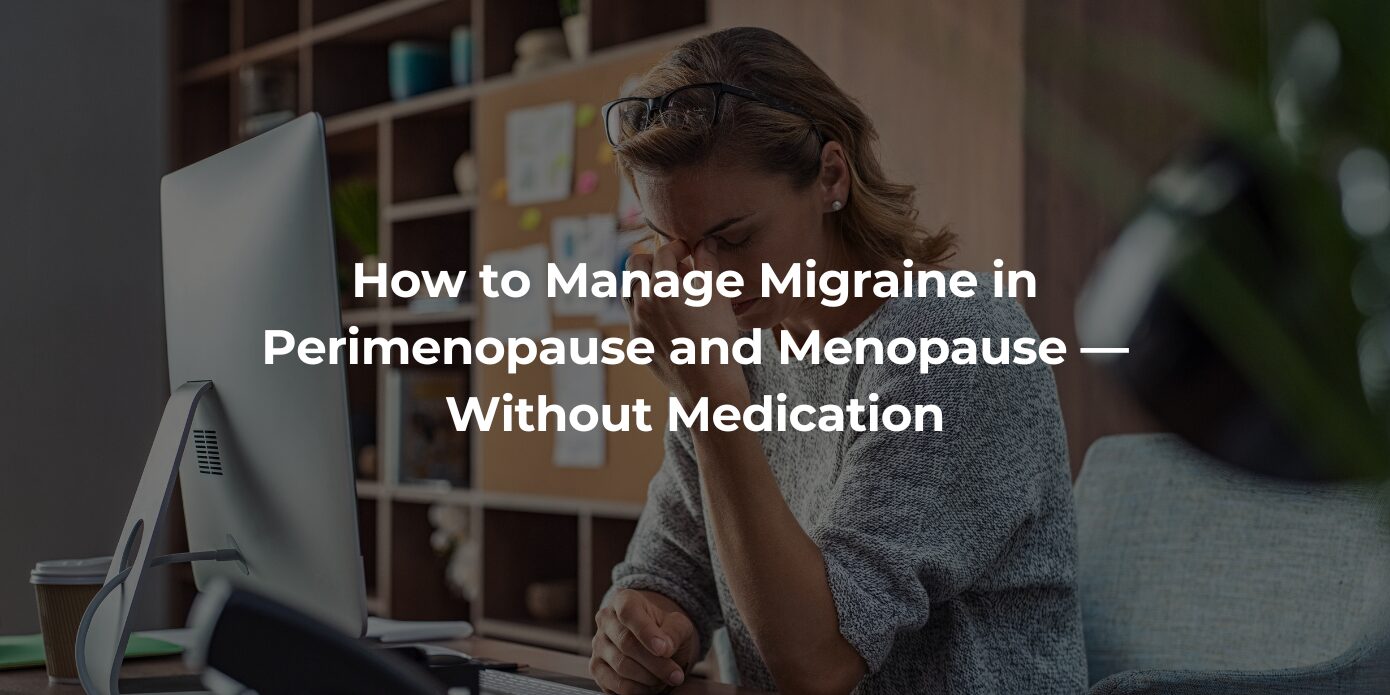If you live with migraine, you know that preventive measures can make all the difference. Taking the time to avoid triggers, improve sleep and exercise regularly, among other steps, can potentially contribute to fewer migraine attacks. However, you may still experience one despite your best efforts. What can you do to get relief?
One treatment option you may consider is IV hydration therapy for migraine. Made of a mixture of vitamins, electrolytes, antioxidants, fluids and medication, a migraine IV could help relieve many of your symptoms. Learn more about IV hydration, how it works for migraine and why it might be an option for you.
What is IV therapy?
IV therapy is available for migraine relief in three different forms, all delivered intravenously, or through an IV drip. In IV infusion therapy for migraine, individuals receive either a preventive or acute IV solution containing prescription medication. If someone goes to the ER for a migraine, they might receive a migraine “cocktail” to address severe symptoms. This emergency IV therapy is somewhat similar to the third solution, IV hydration therapy.
The main goal of IV hydration therapy is to support hydration, so IVs typically include a sterile saline solution. Additional ingredients may include electrolytes, vitamins and medications to target specific symptoms. For example, one of the most common uses of IV hydration therapy is recovery during or after an illness. An IV to help treat the stomach bug might include anti-nausea medication.
This treatment option can be delivered at a clinic or at home via a mobile IV service. Generally, a registered nurse will administer the IV to ensure the process goes smoothly and safely. IV therapy takes about 30 minutes to an hour, and you may feel the effects immediately after treatment.
How IV hydration therapy works for migraine
Put simply, the main goal of IV hydration therapy for migraine is to block the proteins that cause a migraine. A migraine IV drip is created to target the severe pain, nausea and inflammation that arise from migraine attacks.
Though dehydration doesn’t directly cause migraine, it can be a trigger for some people. If you’re low on fluids and electrolytes, you could be more likely to experience a migraine.
IV therapy can also address other potential contributors to migraine attacks. For example, deficiencies in B vitamins could potentially be linked to migraine, so IV therapy for migraine headaches may include B12, B6 and riboflavin.
If you’re interested in an IV drip to prevent a migraine or find relief during an attack, you’ll want to work with the IV provider to determine the right solution to target your symptoms. It’s also important to speak with your doctor to determine whether any ingredients should be avoided.
A drip for migraine IV therapy may include:
- Fluids: A sterile saline solution using sodium chloride
- Electrolytes: Potassium, sodium and magnesium
- Vitamins: B vitamins to support energy and potentially vitamin C for antioxidants
- Medications: Anti-nausea medication, pain relievers, corticosteroids and/or antihistamines
Get Drug-Free Migraine Relief With CEFALY
Shop Now
90-day money back guarantee
FDA-cleared
financing available
Benefits of IV hydration therapy for migraine
It’s important to note that IV hydration therapy benefits for general health and wellness aren’t backed up by strong scientific evidence. However, IVs can be highly effective for situations where patients need fluids, vitamins and certain medications delivered quickly, such as during a migraine attack.
If someone is trying other methods to combat the migraine or is dealing with an intractable migraine, an IV for hydration could provide the relief they need. In other cases, IV infusion therapy or an emergency IV drip can be beneficial.

Some of the main benefits of migraine IV therapy include:
- Targeted relief: IVs deliver fluids and other ingredients chosen specifically to relieve migraine symptoms. This combination is delivered directly into the body, providing hydration, nutrition and pain and nausea relief faster. In cases where the migraine attack has lasted several days, an IV can provide the targeted treatment a patient needs to overcome their symptoms.
- Time-saving option: An IV session only takes around 30 minutes to an hour. Compared to other migraine treatments, IV therapy is one of the fastest-acting options. If other solutions don’t seem to be working, an IV could help you save time and treat the migraine quicker.
- More natural treatment: While a migraine IV can have different medications to address your specific symptoms, it doesn’t need to be medicated. If you want to avoid specific medications, you can adjust your IV ingredients as needed. IVs offer a more natural, customizable treatment approach for migraine attacks.
Other migraine relief tools to consider
The treatment options that work for one individual with migraine may not work for another. It’s essential to work with your doctor to consider all migraine relief solutions. Sometimes, simpler options can be the most effective.
While IV therapy for migraine can be worth trying, especially for intractable migraine attacks, you’ll likely want to consider other approaches in your migraine toolkit:
- At-home devices: If you’re searching for a drug-free treatment option, CEFALY is an at-home migraine relief device that targets the trigeminal nerve. It can address acute migraine attacks quickly, even providing preventive benefits.
- Pain relievers: Using over-the-counter pain relievers like aspirin or ibuprofen can be beneficial at the first sign of a migraine.
- Prescription drugs: Some prescription drugs can be taken at the onset of a migraine, such as dihydroergotamine, which is best for attacks that tend to last longer than 24 hours. Another common option is triptans, which block the pain pathways in the brain.
- Anti-nausea drugs: Many people who experience migraine become nauseous before or during the attack. Taking an anti-nausea drug such as chlorpromazine or metoclopramide can help individuals find relief.
- Caffeine: Drinking a caffeinated beverage when you have a migraine could help you find some relief.
Learn more about CEFALY
For some people who deal with migraine, finding consistent pain relief requires testing a few different options. IV hydration therapy can help, but it may not always be accessible during a migraine attack. CEFALY is an FDA-cleared, science-backed solution you can conveniently use at home to manage migraine pain.
The CEFALY device offers two simple options. ACUTE Treatment is a 60-minute session used at the start of a migraine to help relieve pain and other symptoms, and PREVENT Treatment can be used for a quick 20 minutes every day to reduce migraine days. In one clinical study, 56.4% of CEFALY users said CEFALY resolved their most bothersome migraine symptom.
Unlike other migraine pain relief options, the CEFALY device is a one-time purchase — you only need to repurchase the electrodes. It’s also travel-friendly, and many users take their CEFALY on flights. In other words, CEFALY is a cost-effective, flexible choice for migraine pain relief.
Browse CEFALY devices today
Interested in learning more about CEFALY and how it might fit into your migraine treatment plan? Browse CEFALY devices today and make one a part of your toolkit for migraine pain relief.















